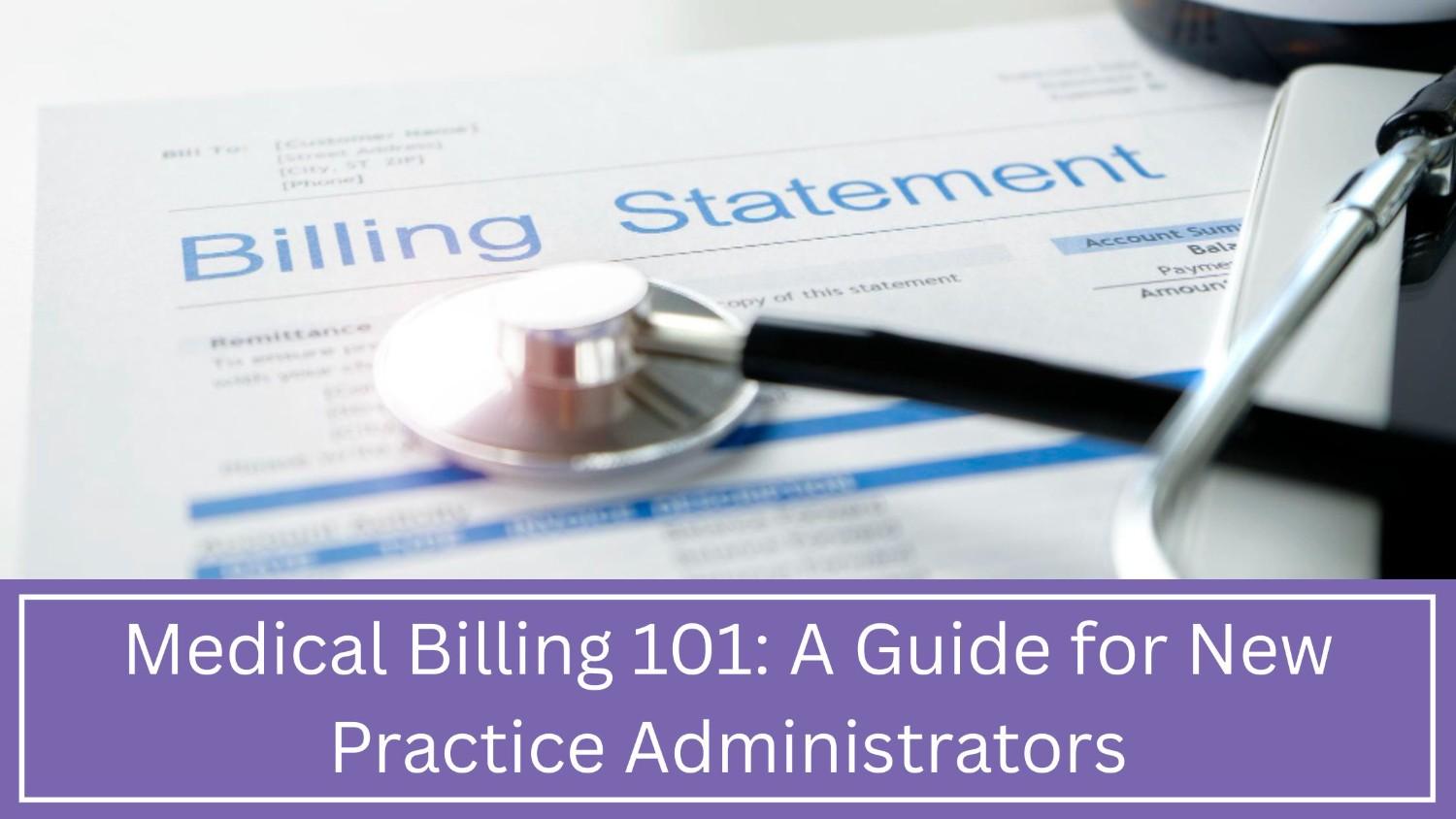CPT Codes 98940-98942 for Chiropractic Billing
The foundation of a profitable chiropractic practice is accurate chiropractic coding. It is crucial to comprehend the subtleties of CPT codes 98940-98942 for chiropractic billing, specifically CPT codes 98940–98942, in order to guarantee correct reimbursement and prevent expensive mistakes. In order to assist you in navigating the intricacies of chiropractic billing and paperwork for chiropractic services, this book will offer a thorough breakdown of these crucial codes for spinal manipulation. With the correct information, you can improve the overall financial health of your chiropractic clinic and your ability to process claims.
Chiropractic practices must balance administrative tasks like billing and coding with providing excellent patient care for success. This balance is crucial for a practice’s overall success.The Current Procedural Terminology (CPT) codes define the specific services provided. These codes are central to administrative procedures. Chiropractors use three codes for their daily work. These codes are 98940–98942 for chiropractic care. These codes inform insurance companies about chiropractor services. They represent manual manipulation of the spine.
Maintaining a successful and compliant practice requires understanding the codes. This understanding includes knowing what the codes cover, how they differ, and the paperwork needed for their use. This knowledge is more than just a recommended practice. It goes beyond that. Claims denials, payment delays, and payer audits and investigations can result from the misuse of these codes. These situations can occur in extreme cases. This article will provide a detailed guide to help you master these essential codes.
Table of Contents
Explaining about CPT Codes: 98940, 98941, and 98942
One notable distinction between the three main CPT codes for chiropractic therapy is the quantity of altered spinal regions. This distinction is crucial for accurate billing and coding. Coding reasons define a spinal region as the cervical (neck), lumbar (lower back), sacral, thoracic, and pelvic regions. These regions are often used in coding.
- Chiropractic manipulative treatment (CMT) is coded with CPT 98940. This code is frequently used for cervical subluxation or localized pain. It represents the foundational level of spinal manipulation.
- CPT 98941 is used to code CMT of three to four spinal areas. The patient’s condition requires manipulation of multiple spine segments. This code is appropriate for such cases. This code would apply to a patient with both cervical and lumbar problems. It is likely to be used for a patient experiencing issues in both the neck and lower back.
- This CPT code covers five spinal areas. The code is 98942. This code is the most thorough of the three. It is used for full-spine adjustments, where the therapist works on all five spinal regions. Using this code for fewer regions is a common coding error. It is important to remember that it should only be used when all five regions are treated.
Clinical documentation is the sole factor determining the accuracy of codes. Accuracy of codes depends solely on the clinical documentation. The patient’s chart needs to indicate which areas were changed. These changes must support the code you selected. To support billing code 98940, a statement should indicate adjustments made to the cervical and thoracic regions. For example, a statement could read “adjusted the cervical and thoracic regions.” A claim for 98942 must be backed by documentation detailing the manipulation of all five regions.
Critical Role of Documentation for Chiropractic Services
In order to successfully and compliantly bill, documentation is essential. The best programming is useless without thorough and precise records. Thorough and precise records are essential for the usefulness of any programming. Your paperwork for Chiropractic Coding must include CPT codes 98940–98942. These codes represent three essential components. These are the patient’s reactions to therapy. The specific regions adjusted and the medical necessity are also included.
- Medical Necessity: There is no way around this. Payer policies, particularly those of Medicare, are strict. They only cover chiropractic services for the correction of vertebral subluxations that cause neuromusculoskeletal diseases. The diagnosis of subluxation must be explicitly stated in your documentation. The patient’s symptoms, including discomfort or restricted mobility, should be connected to the diagnosis. Either an acute or chronic illness must be present in the patient. It must also require active treatment, not maintenance therapy. The difference is significant because maintenance therapy is not usually covered by insurance, while active treatment is.
- Detailed Records of the Adjustment: Your patient notes must explicitly name the spinal regions that were adjusted. The use of a code such as 98942 in the billing system without any accompanying comments is a major red flag that auditors should be aware of. The accuracy and rationale of the adjustment for each of the five regions (cervical, thoracic, lumbar, sacrum, and pelvic) are called into question by this lack of explanation. Every visit should have a thorough record. This record should detail the areas treated, the type of manipulation performed, and the methods used.
- You should record the patient’s development at each appointment. This will help track their progress. Has their pain level decreased? Has their range of motion improved? An assessment of the treatment’s efficacy is needed. This assessment should be included in the paperwork. This proves the care is standard. It also shows the care is improving the patient’s condition in a quantifiable way, supporting its continuation.
Essential Modifiers and Billing Best Practices
In addition to the CPT codes themselves, proper use of modifiers is crucial for successful chiropractic claims processing. The most important modifier for these codes is:
- Modifier AT (Active Treatment): This modifier is essential for Medicare billing and many other payers. It signifies that the patient’s condition is “acute” or “chronic” and that the treatment is intended to improve or arrest the progression of the patient’s condition. Claims for codes 98940-98942 submitted to Medicare without the AT modifier will be denied as maintenance therapy.
Other key billing best practices include:
Diagnosis Coding: A subluxation is a primary diagnosis. (e.g., M99.00-M99.05)) must be the primary diagnosis on your claim. A secondary diagnosis code is needed for subluxation-related symptoms like sciatica, back pain, or neck discomfort. This code should be included in the diagnosis.
Initial Exam and Evaluation codes (99201-99215) are different from manipulative codes (98940-98942). These codes are distinct from each other. An initial visit often includes both an E/M service and a CMT. Make sure you have the right paperwork. Adhere to payer-specific instructions on billing.
Payers have unique rules for each individual. These rules must be considered when dealing with payments. The fundamental ideas are the same, but some may have documentation, prior authorization, or visitation restrictions. It is essential to review payer policies. Being informed of all pertinent policies is ensured by proactive review. No single technique is effective for every chiropractor. The cost of chiropractic billing services care differs for each practice.
Consequences of Poor Coding and Audits
These chiropractic coding requirements are important. Breaking them could have serious consequences. Payer audits focus on common mistakes like upcoding and improper modifier usage. They also look for inadequate documentation.
Repayment of claims, heavy fines, and loss of provider status with some payers are just a few of the repercussions that audits can cause. These possible consequences emphasize how crucial careful adherence to regulations and precise documentation are. A high refusal rate is caused by inadequate documentation and coding. This high refusal rate results in drawn-out appeals and a persistent cash flow lag. A practice can proactively avoid problems by investing in staff training. It can also avoid problems by using a contemporary billing system and carrying out frequent internal audits.
Conclusion:
Understanding Chiropractic Coding CPT codes 98940–98942 are essential to any chiropractic practice’s long-term profitability. These codes are crucial for financial stability. These codes convey the importance and necessity of your service. They are more than just a way to get paid. With invoicing, you can ensure compliance. If you adhere to stringent documentation requirements, you can optimize your revenue cycle. It is essential to comprehend the subtleties of each code. It’s also critical to stay up to date on payer-specific requirements. Proactively and carefully handling chiropractic billing claims protects your practice. The risk of audits is reduced by this proactive strategy. Denials are decreased by this approach. You can now concentrate on patient care.
Is it possible for me to bill for CPT codes 98940, 98941, and 98942 all at once?
No. You should only bill for one of these codes per service date. The codes are mutually exclusive; you choose the single code that best represents the total number of spinal regions you adjusted on that day.
What’s the difference between active treatment and maintenance therapy?
Active treatment is care that aims to improve or arrest a patient’s condition and is generally covered by insurance. Maintenance therapy is care that is not medically necessary to improve a condition but is used to prevent recurrence or maintain a level of function, and it is typically not a covered service. The AT modifier is used to distinguish active care.
How are 98940 and 98941 CPT codes selected?
The amount of spinal areas you adjust determines the option. If you adjust 1-2 regions, you use 98940 cpt codes. If you adjust 3-4 regions, you use 98941. Your documentation must clearly support the number of regions treated.
Is an E/M code always required with a chiropractic adjustment code?
An E/M code is used during the first appointment to develop a diagnosis and treatment plan. These codes, such as 99203 or 99214), are common. Your notes for each visit must include an evaluation of the patient’s condition. They need a plan for continued care. Even if you don’t use an E/M code for every follow-up visit. This plan should support the medical necessity of the adjustment.
ALSO READ – Decoding CPT: Your Guide to Codes and Regulations 2024






